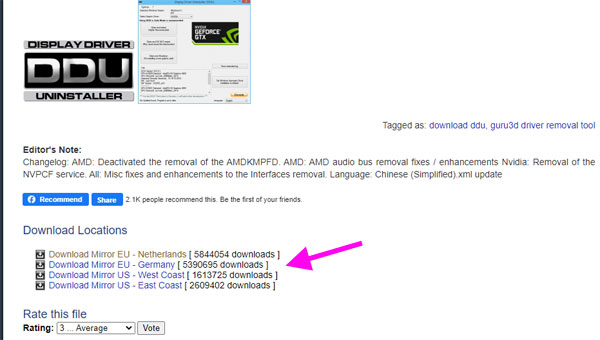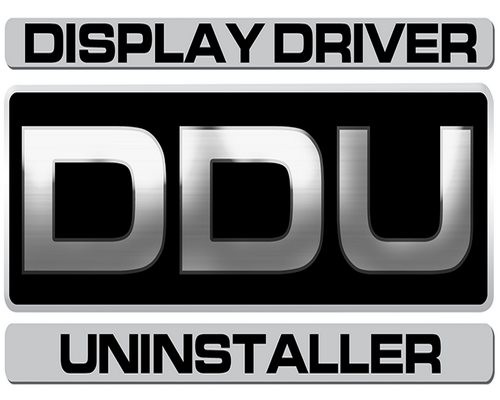

In Driver Booster, apart from uninstalling NVIDIA drivers, you are also enabled to clear all the device data automatically.Ĥ. In the search results, find out and right click Display adapters to Uninstall it. Then Driver Booster will start to scan for your PC for any problematic device drivers.ģ. Download, install and run Driver Booster.Ģ. Then it is up to you to uninstall the old NVIDIA driver in Driver Booster, which will get rid of the driver data as well.ġ. It will scan for the outdated, missing, and corrupted device drivers. Method 1: Uninstall NVIDIA Drivers and Driver Data Automaticallyįor people who are unable to delete NVIDIA display drivers from Windows 10, if you are not an expert at computers, it can be a good choice to uninstall NVIDIA drivers using Driver Booster.
2: Remove NVIDIA Display Driver Manually. 1: Uninstall NVIDIA Drivers and Driver Data Automatically. Or you can try a third-party driver tool to help you remove NVIDIA drivers and the remaining data automatically. In this case, you need to turn to the Control Panel to uninstall a program like the NVIDIA graphics driver. But according to the reports of some users, it is found that Device Manager can’t completely uninstall NVIDIA drivers from Windows 10. Normally, driver installation, uninstallation, and updates can be accomplished via Device Manager. How to Uninstall NVIDIA Drivers from Windows 10? If you can’t uninstall NVIDIA drivers, it is wise to try another method or more. Now you can try different ways to completely remove old NVIDIA drivers for better PC performance. In most cases, you need to uninstall the NVIDIA display driver from Windows 10. If you don't have Intel Display Audio or Intel HDMI Display Audio, contact your computer manufacturer for more information on how to uninstall the audio driver for your system.For some of you, there are some old, corrupted, and damaged drivers on your PC, thus causing system crashes like blue screen of death, computer freezing, etc. 
If you are looking to install a driver after uninstalling the previous driver, see How to Install an Intel® Graphics Driver in Windows® 10 & Windows 11*.
 If the Intel Display Audio or Intel HDMI Display Audio does not fully uninstall, repeat steps 2 through 4. After the uninstall process finishes, restart the computer. Find and right-click Intel Display Audio or Intel HDMI Display Audio. Expand the Sound, video and game controllers section. Windows 8.1*, Windows® 10, and Windows 11*: Press the Windows key and the X key together, and select Device Manager. Windows 7*: Click Start, at the run prompt type: devmgmt.msc. Open the Device Manager, using the steps provided for your operating system. Disconnect from the internet to make sure the driver will not be automatically updated by Windows*. For a quick review of the steps outlined in the video, read the points below.
If the Intel Display Audio or Intel HDMI Display Audio does not fully uninstall, repeat steps 2 through 4. After the uninstall process finishes, restart the computer. Find and right-click Intel Display Audio or Intel HDMI Display Audio. Expand the Sound, video and game controllers section. Windows 8.1*, Windows® 10, and Windows 11*: Press the Windows key and the X key together, and select Device Manager. Windows 7*: Click Start, at the run prompt type: devmgmt.msc. Open the Device Manager, using the steps provided for your operating system. Disconnect from the internet to make sure the driver will not be automatically updated by Windows*. For a quick review of the steps outlined in the video, read the points below.







 0 kommentar(er)
0 kommentar(er)
